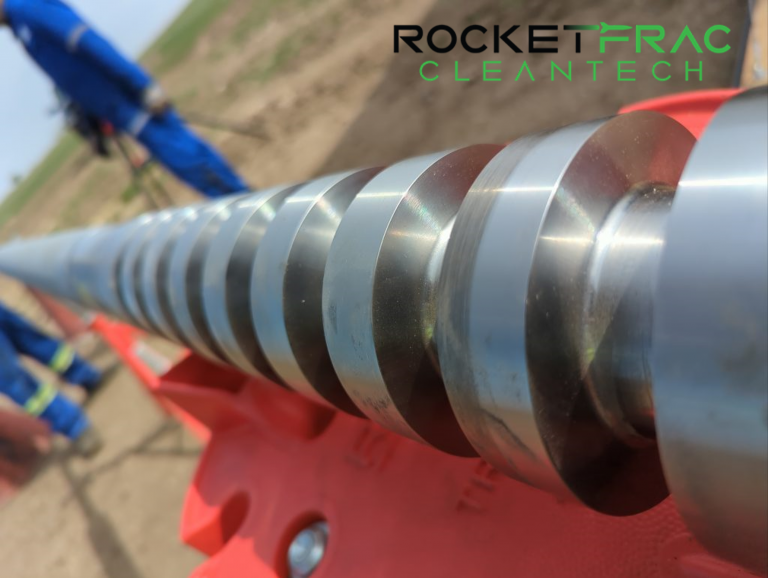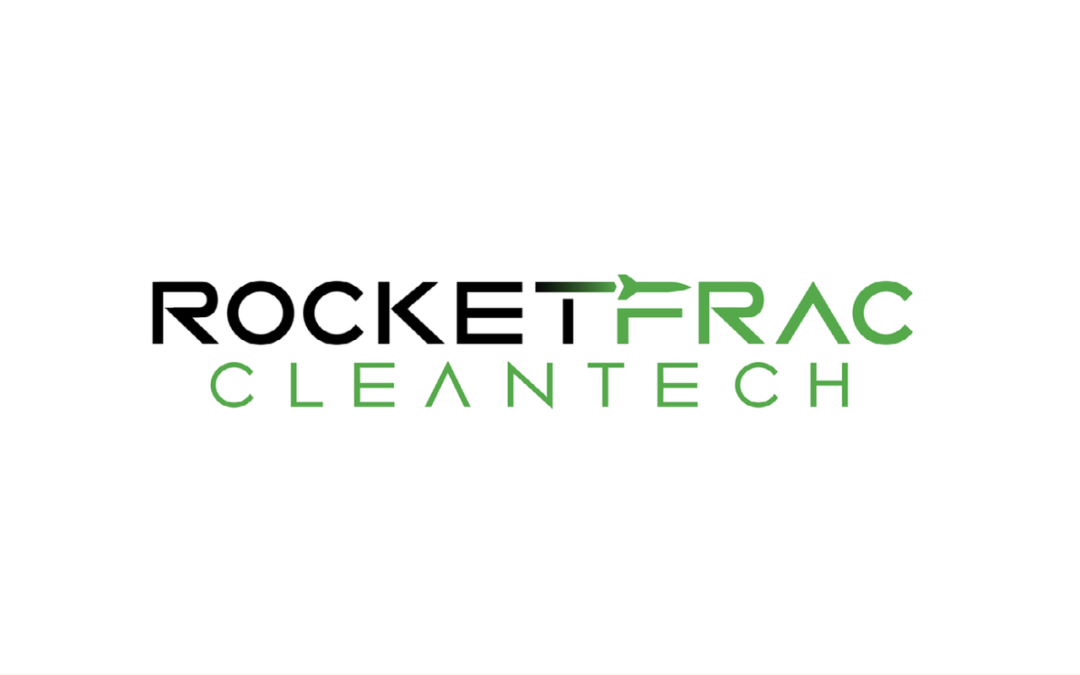There is no denying that oil and gas are a fundamental part of our lives. From homes and hospitals to food, fuel and beyond, most of our material needs require hydrocarbons. Even electric cars and renewable fuel alternatives hailed as the future of energy depends on petroleum. Replacing fossil fuels entirely is not viable today or even in fifty years, so in the meantime, environmentalists are focused on making the process of producing them as sustainable as possible.
This philosophy has contributed to the development of a cleantech boom in oil and gas, of which energy service company RocketFrac Cleantech is a leading example. RocketFrac has created a new tool called EcoStim that represents a step-change in the controversial process of hydraulic fracking. Hydraulic fracking has been used for decades to increase the production of oil and gas reservoirs, but it also consumes enormous amounts of water and sand, creating significant carbon emissions and other environmental consequences in the process. RocketFrac’s EcoStim eliminates the added water and sand from the fracking process, dramatically reducing carbon emissions and helping move the industry toward the net-zero carbon emissions future that is the ultimate goal of the sector.
This means lower-carbon energy for the world and helps the industry meet energy needs from existing sources, as well as from new sources. The fracking industry has not just been criticized for its environmental footprint; it has been outright banned in some parts of the world, including parts of the United States. With the demand for energy growing, a solution to hydraulic fracking’s environmental impact is needed and welcome.
How RocketFrac Cleantech improves fracking
A traditional hydraulic fracturing operation injects three million gallons of water laced with sand and chemicals into a wellbore, pressuring it into the reservoir thousands of feet below the Earth’s surface, where it cracks the rock and lets hydrocarbons flow more freely. RocketFrac’s EcoStim technology replaces all of that water and sand with a small amount of solid rocket fuel that is ignited in the targeted section of the wellbore, sending shockwaves and high-pressure gasses into the formation and fracturing it. Rather than transporting millions of pounds of water and sand and all of the trucks and generators that are required to inject them into the reservoir, the RocketFrac team only needs to move dozens of pounds of rocket fuel. Similarly, the enormous diesel generators typically used to inject the fracking fluid into the well-bore at high pressure are no longer required. All of these changes help to lower the carbon footprint of RocketFrac’s EcoStim system.
Variations of gaseous fracking have been used before, but RocketFrac created a patent-pending isolation mechanism and, with its partner, Magellan Aerospace, developed a proprietary rocket fuel whose special properties help to increase the pressure directed into the formation.
How RocketFrac’s Cleantech benefits energy companies
RocketFrac’s technology is not only valued for its green credentials but because it generates fractures in a different way, creating alternative fracture paths in the reservoir compared to the standard approaches. Where a typical hydraulic fracture produces two fractures, RocketFrac’s EcoStim creates four to eight radial fractures and, in the process, cleans any obstructions from the perforations in the well casing, further enhancing the flow of oil and gas.
Energy companies increasingly recognize that there is a symbiotic relationship between the energy industry and the planet. People rely on energy companies to meet their needs in an energy-intensive world and the companies are dependent on the resources that the planet has to offer. The oil and gas sector cannot thrive without the planet thriving, so these companies are taking steps to minimize their impact while maximizing the important benefits of energy for all of us.
RocketFrac Cleantech is a leader in transforming the energy service sector to a lower carbon model to help move the energy industry toward a net-zero oil and gas future. The total solution to the problem may be years or even decades away, but startups such as RocketFrac are currently taking steps to help make cleaner oil and gas a reality today. Making these fundamental changes now is vital because it will pave the way for even bigger changes to come in the future.











